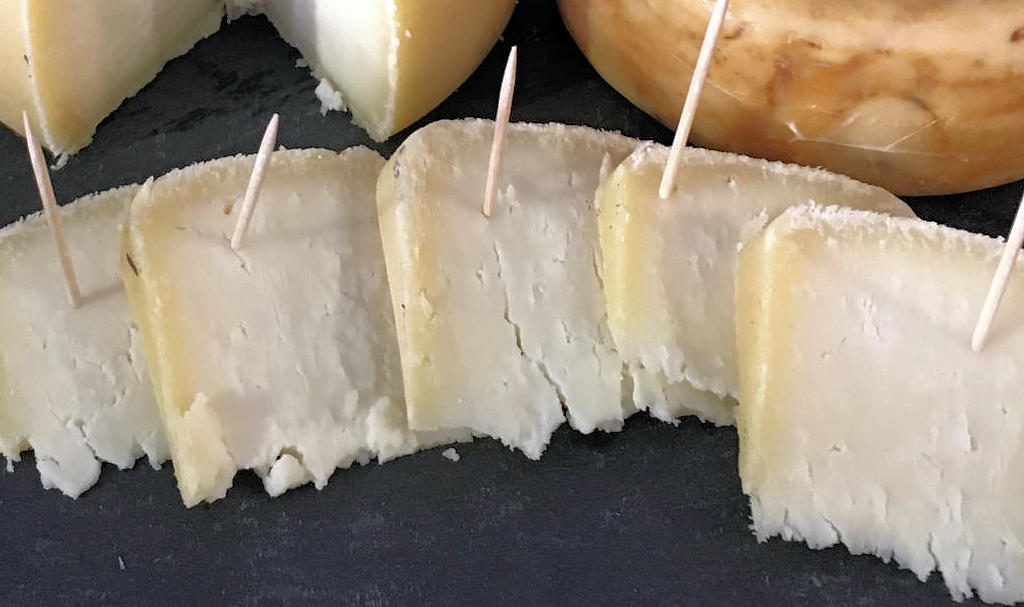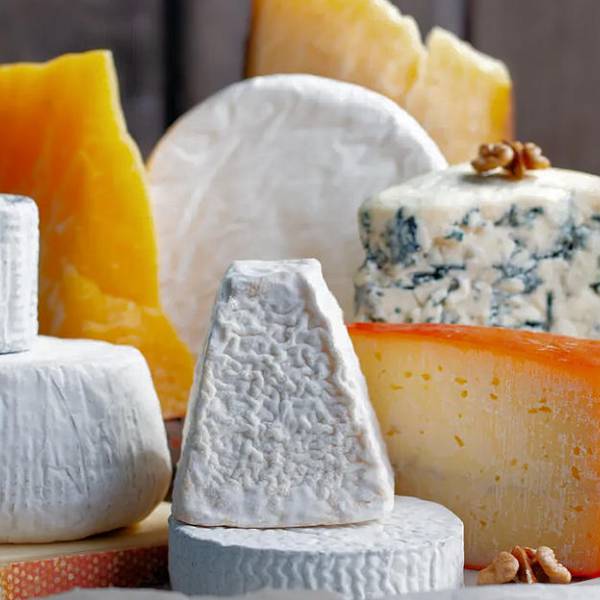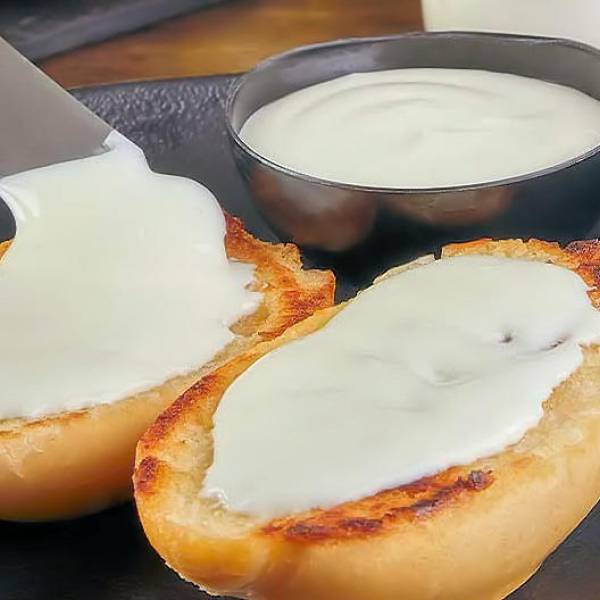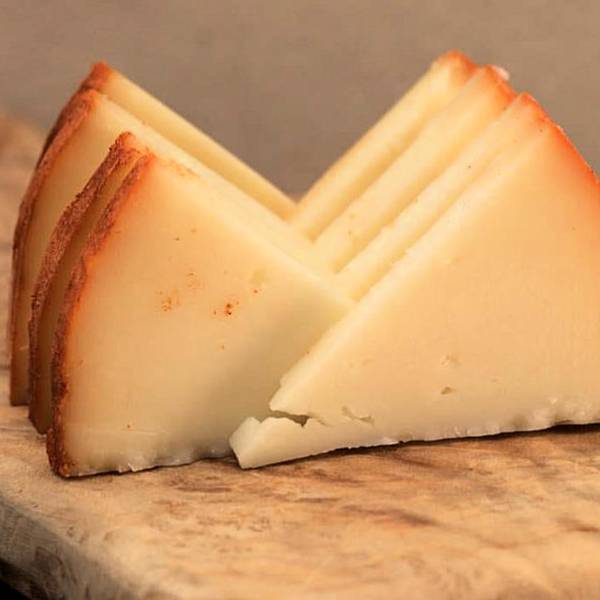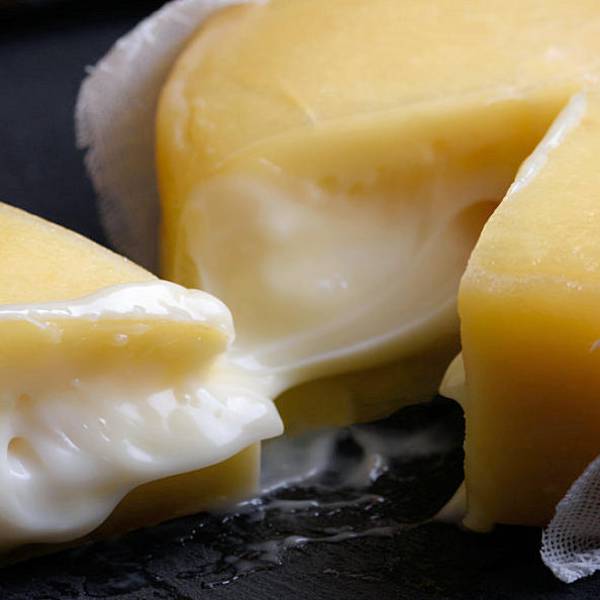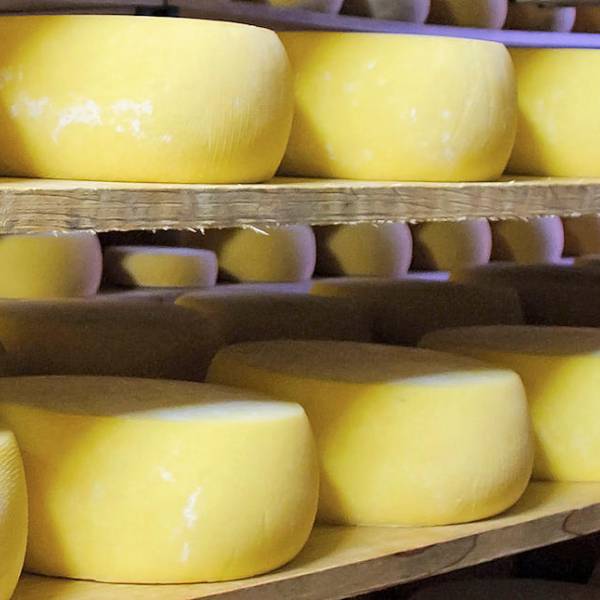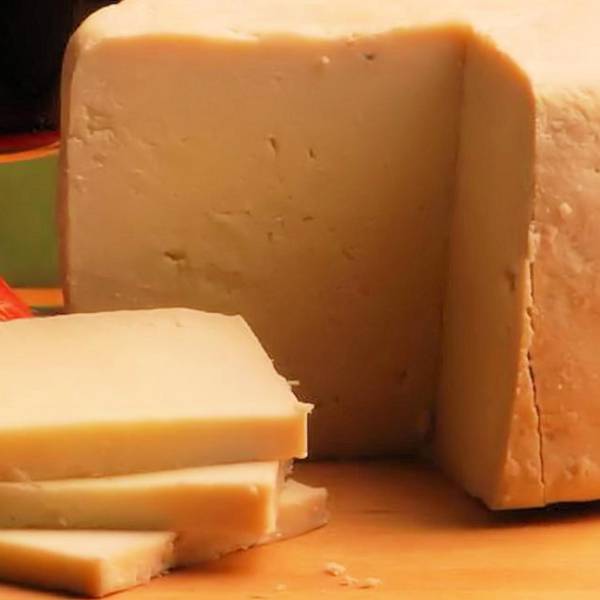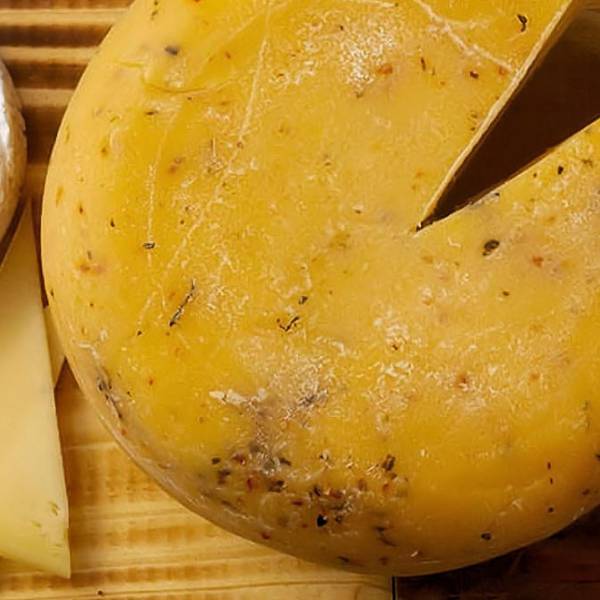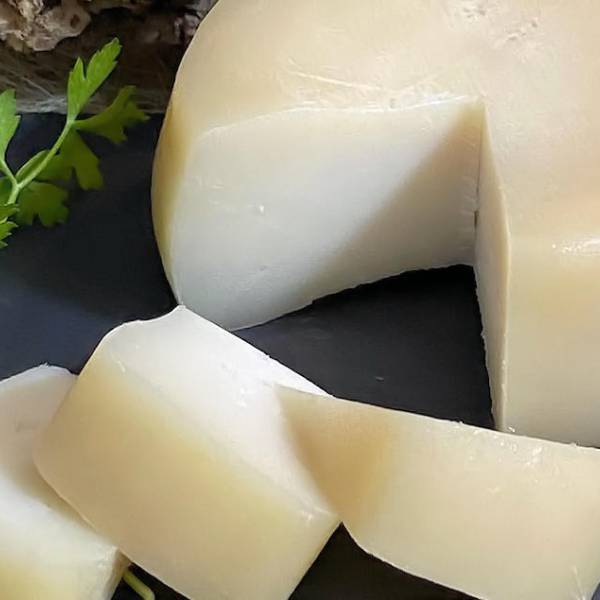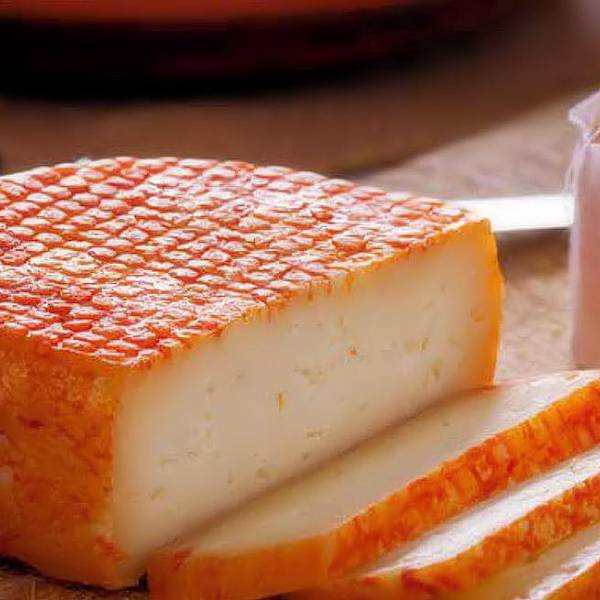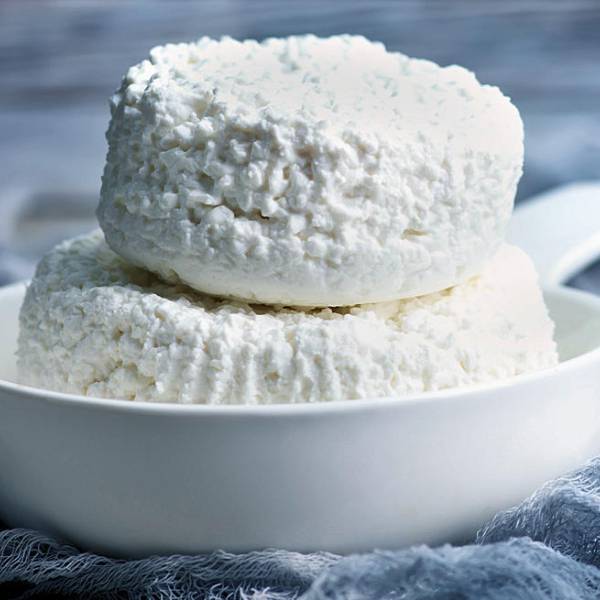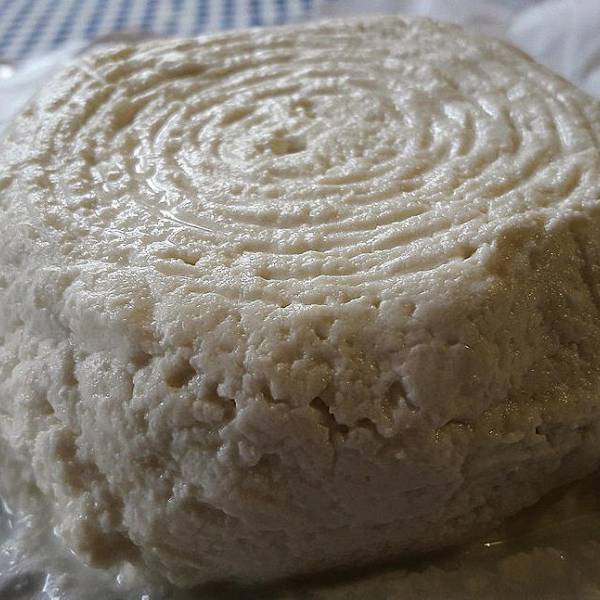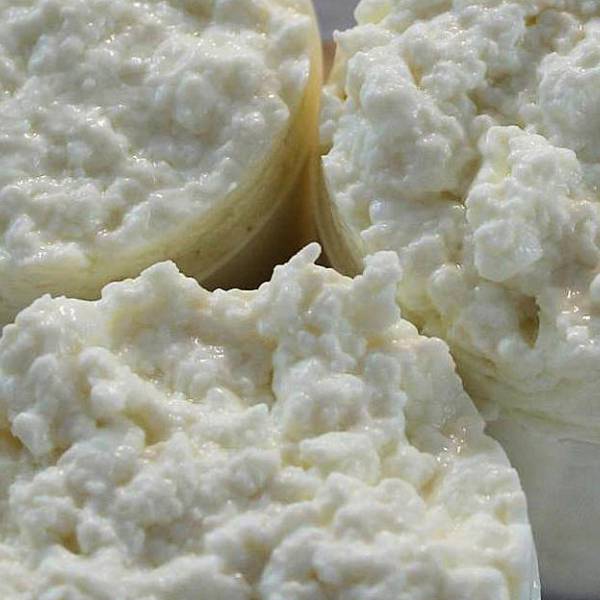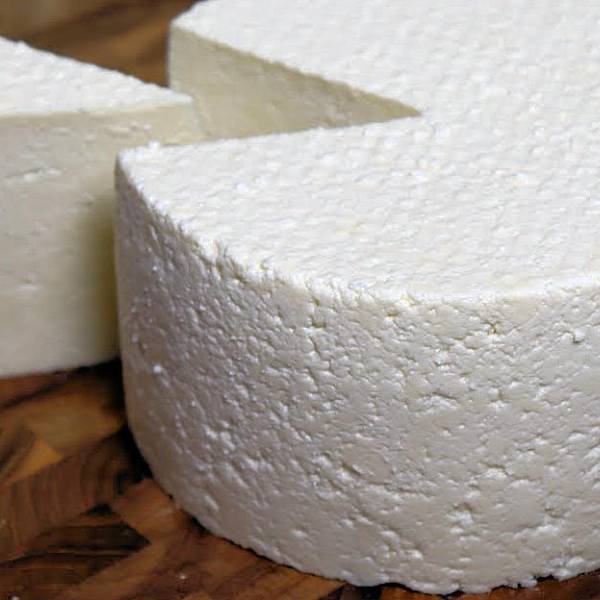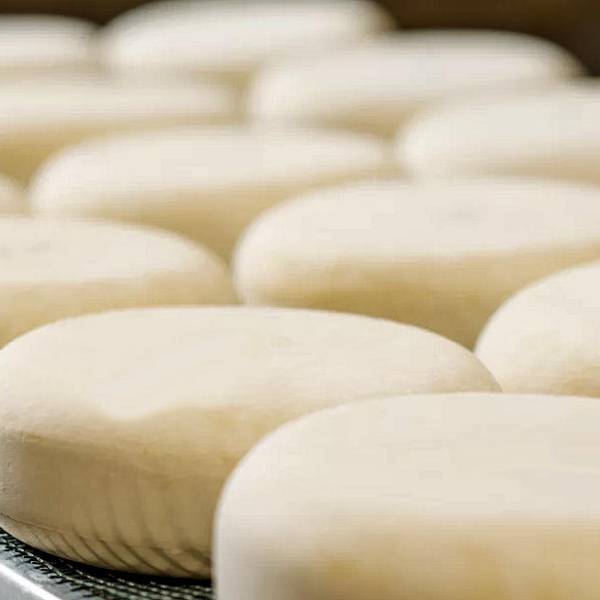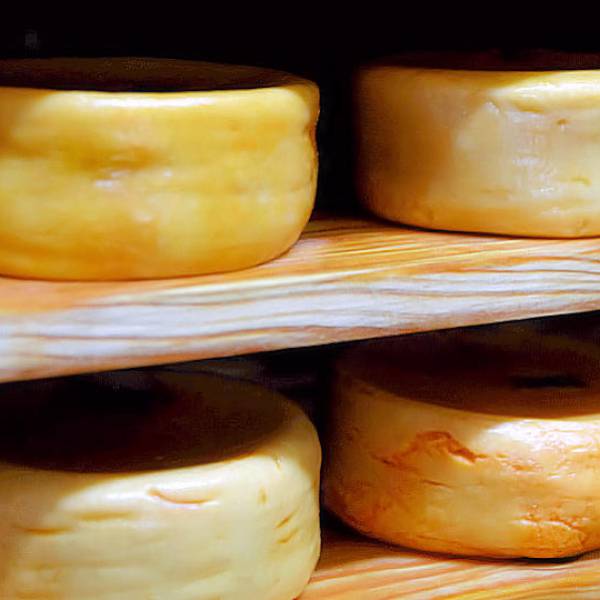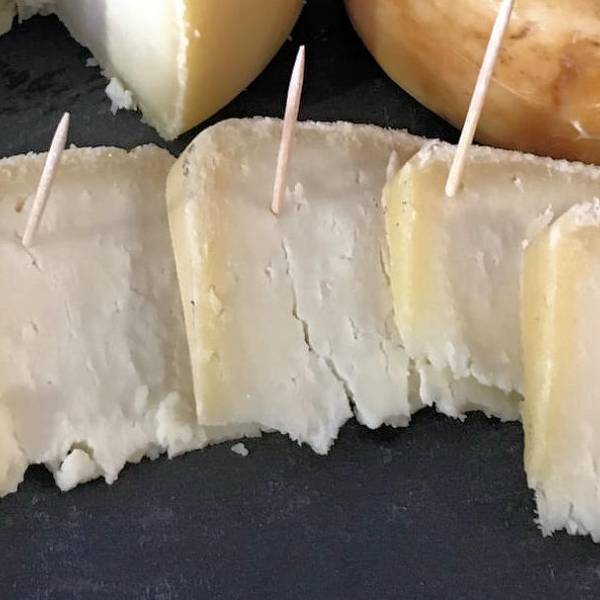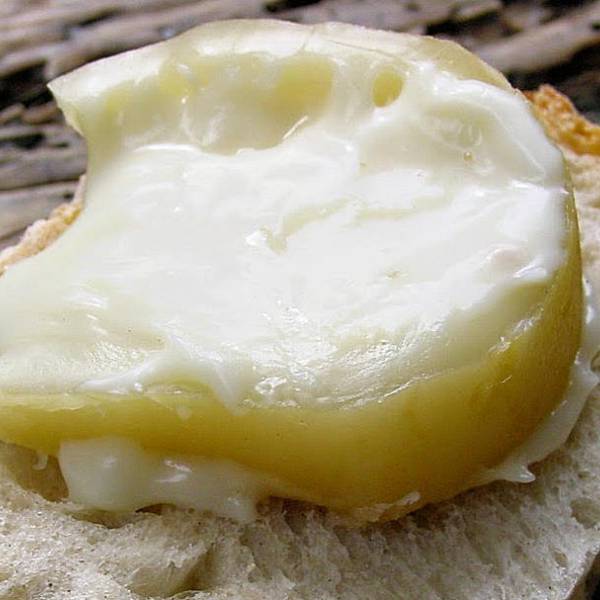Crafting Queijo de Cabra Transmontano is a labor of love, adhering to traditional methods passed down through time. The process commences with milking the goats twice a day, carefully filtering and heating the milk to 35°C. Animal rennet is then added to coagulate the milk, forming curds that are subsequently cut into small pieces and placed in wooden or plastic molds known as cinchos. These molds, featuring drainage holes, allow the whey to escape. The cheese is then manually pressed, expelling more whey before being salted on both sides. The final step involves curing the cheese in a cool and humid environment for a minimum of 60 days, during which it is attentively turned and periodically washed.
Queijo de Cabra Transmontano exhibits a characteristic cylindrical shape with softly defined edges, boasting a diameter ranging from 12 to 19 centimeters. The weight of the cheese varies between 300 and 900 grams, depending on the size of the mold. Its semi-hard rind is smooth and showcases a delightful yellowish-brown hue. The interior reveals a hard, compact, and smooth paste, adorned with small eyes. Its aroma is robust and pleasing, accompanied by a subtle spicy note. Upon tasting, one encounters an intense flavor profile with a slight acidic undertone that lingers persistently.
Lisbon.vip Recommends
Beyond its gastronomic allure, Queijo de Cabra Transmontano embodies cultural and economic significance for the region. It serves as a tangible representation of the identity and heritage of Trás-os-Montes, symbolizing the resilience and unwavering commitment of its inhabitants to preserve ancestral knowledge and skills for centuries. Additionally, the production of this cheese sustains the livelihoods of numerous families engaged in goat farming and cheese production within small-scale farms and cooperatives. Recognized both nationally and internationally, Queijo de Cabra Transmontano has garnered numerous awards and accolades, testaments to its unparalleled quality and originality.
Queijo de Cabra Transmontano is more than a mere cheese. It is an emblem of tradition, resilience, and excellence, encapsulating the storied history and cherished values of a remarkable territory and its people. With each bite, this extraordinary cheese invites you to savor the essence of an ancient heritage, celebrating the profound connection between land, animals, and the indomitable human spirit.


